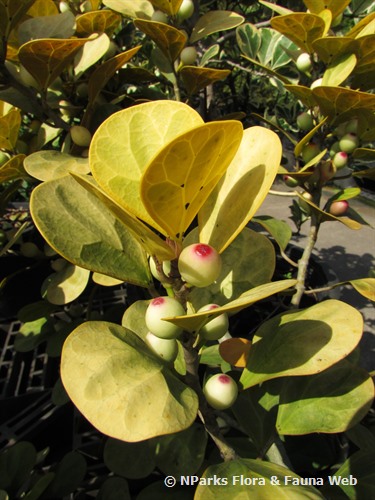
Name
Classifications and Characteristics
| Plant Division | Angiosperms (Flowering Seed Plants) (Dicotyledon) |
|---|---|
| Plant Growth Form | Shrub |
| Lifespan (in Singapore) | Perennial |
| Mode of Nutrition | Autotrophic |
Description and Ethnobotany
| Growth Form | It is an evergreen, small shrub that grows up to 3 m tall. |
|---|---|
| Foliage | Leaves are arranged alternately along the stem, stalked leaves have thick leathery leaf blades that are mostly obovate, and 1–25 by 0.5–14 cm. The leaf blades have lateral venation that curves and joins near the leaf margins. |
| Flowers | It is a dioecious species, with male and female flowers borne on separate plants. Its flowers are enclosed within a specialised structure known as the syconium (fig). |
| Fruit | Its syconia (figs) are round to oblong, 4–15 mm wide, and ripen from yellow to orange, or red to dark purple. |
| Etymology | The genus name "Ficus" is Latin for fig or fig tree. The specific epithet "deltoidea" refers to how the leaf shape often resembles the Greek letter delta. The common name "Golden Mistletoe Fig" is a reference to the plant's epiphytic growth habit on trees which is similar to mistletoe plants and leaves are in golden form. |
Landscaping Features
| Landscaping | It has small attractive leaves that are golden. Its leaves are also considered as a symbol for good luck and are hence more readily available in nurseries to be sold as an auspicious plant of the Chinese. It is suitable as an outdoor border plant, or potted plant for semi-shaded areas indoors. |
|---|---|
| Desirable Plant Features | Ornamental Fruits, Ornamental Foliage |
| Landscape Uses | General, Suitable for Roadsides, Parks & Gardens, Small Gardens, Hedge / Screening, Container Planting |
| Thematic Landscaping | Golden Garden |
Fauna, Pollination and Dispersal
| Pollination Method(s) | Biotic (Fauna) |
|---|---|
| Seed or Spore Dispersal | Biotic (Fauna) |
Plant Care and Propagation
| Light Preference | Full Sun |
|---|---|
| Water Preference | Little Water |
| Plant Growth Rate | Moderate |
| Rootzone Tolerance | Drought Tolerant, Well-Drained Soils, Easy to Grow |
| Transplanting Tolerance | Unknown / Unselect |
| Propagation Method | Seed, Stem Cutting |
Foliar
| Foliage Retention | Evergreen |
|---|---|
| Mature Foliage Colour(s) | Yellow / Golden |
| Mature Foliage Texture(s) | Leathery, Thick |
| Foliar Modification | Stipule |
| Foliar Type | Simple / Unifoliate |
| Foliar Arrangement Along Stem | Alternate |
| Foliar Attachment to Stem | Petiolate |
| Foliar Shape(s) | Non-Palm Foliage (Obovate) |
| Foliar Venation | Pinnate / Net |
| Foliar Margin | Entire |
| Foliar Apex - Tip | Rounded |
| Foliar Base | Acute |
Floral (Angiosperm)
| Flower & Plant Sexuality | Unisexual Flowers |
| Flower Grouping | Cluster / Inflorescence |
|---|---|
| Flower Location | Axillary |
| Inflorescence Type | Syconium |
Fruit, Seed and Spore
| Mature Fruit Colour(s) | Orange |
|---|---|
| Fruit Type | Fleshy Fruit |
Image Repository
Others
| Master ID | 33089 |
|---|---|
| Species ID | 7503 |
| Flora Disclaimer | The information in this website has been compiled from reliable sources, such as reference works on medicinal plants. It is not a substitute for medical advice or treatment and NParks does not purport to provide any medical advice. Readers should always consult his/her physician before using or consuming a plant for medicinal purposes. |

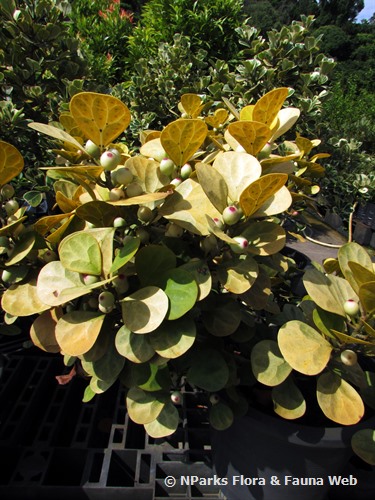
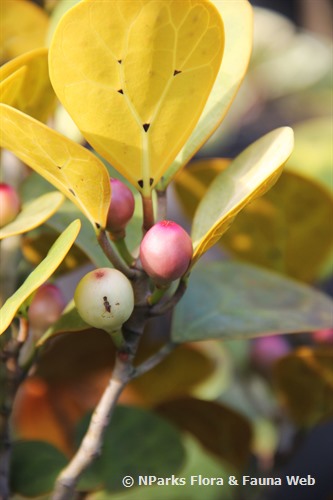
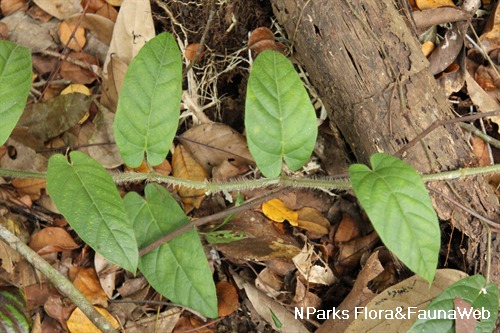
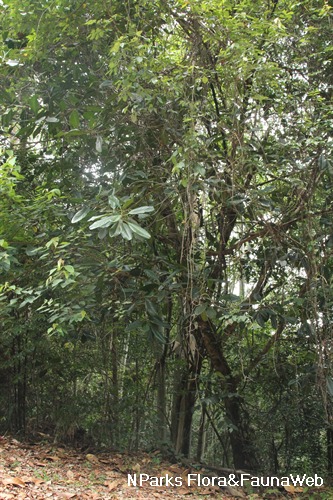
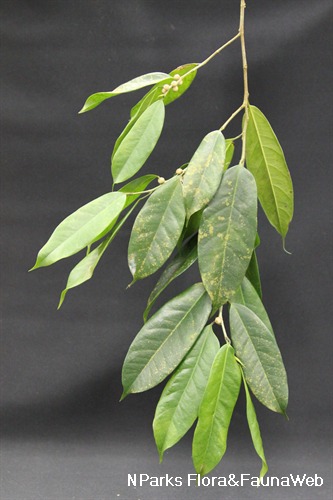
.jpg)